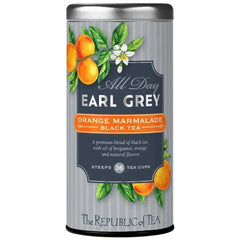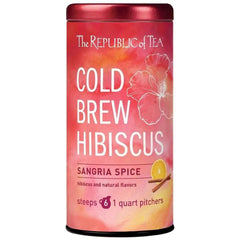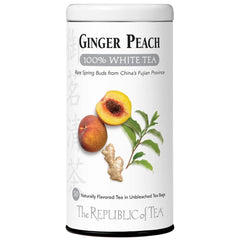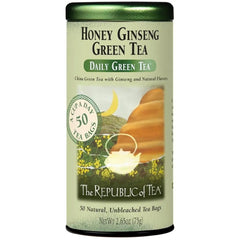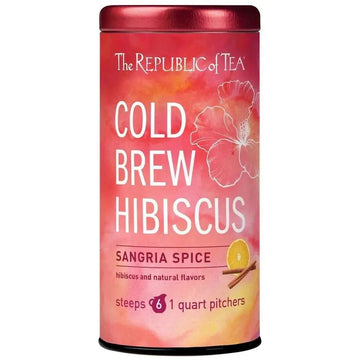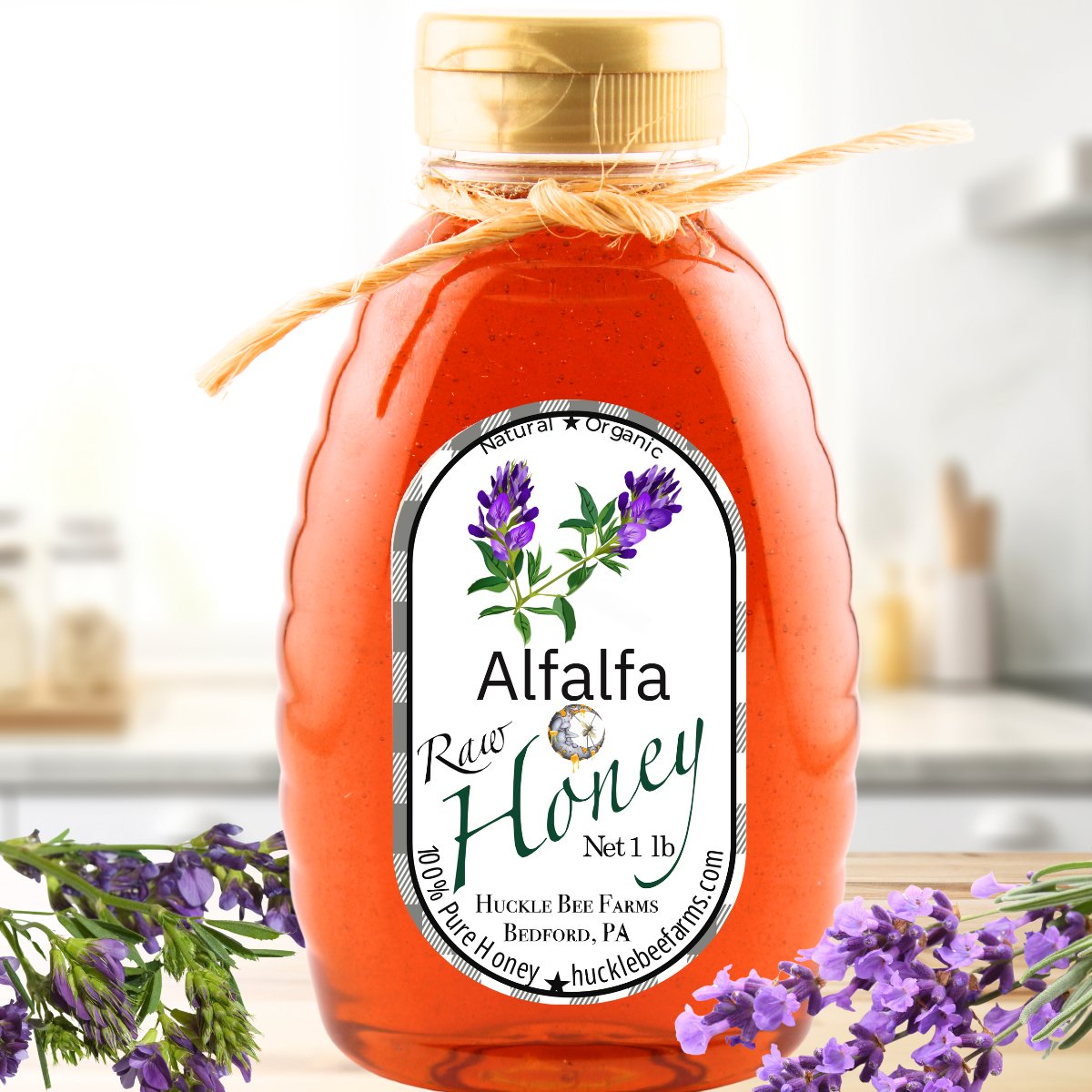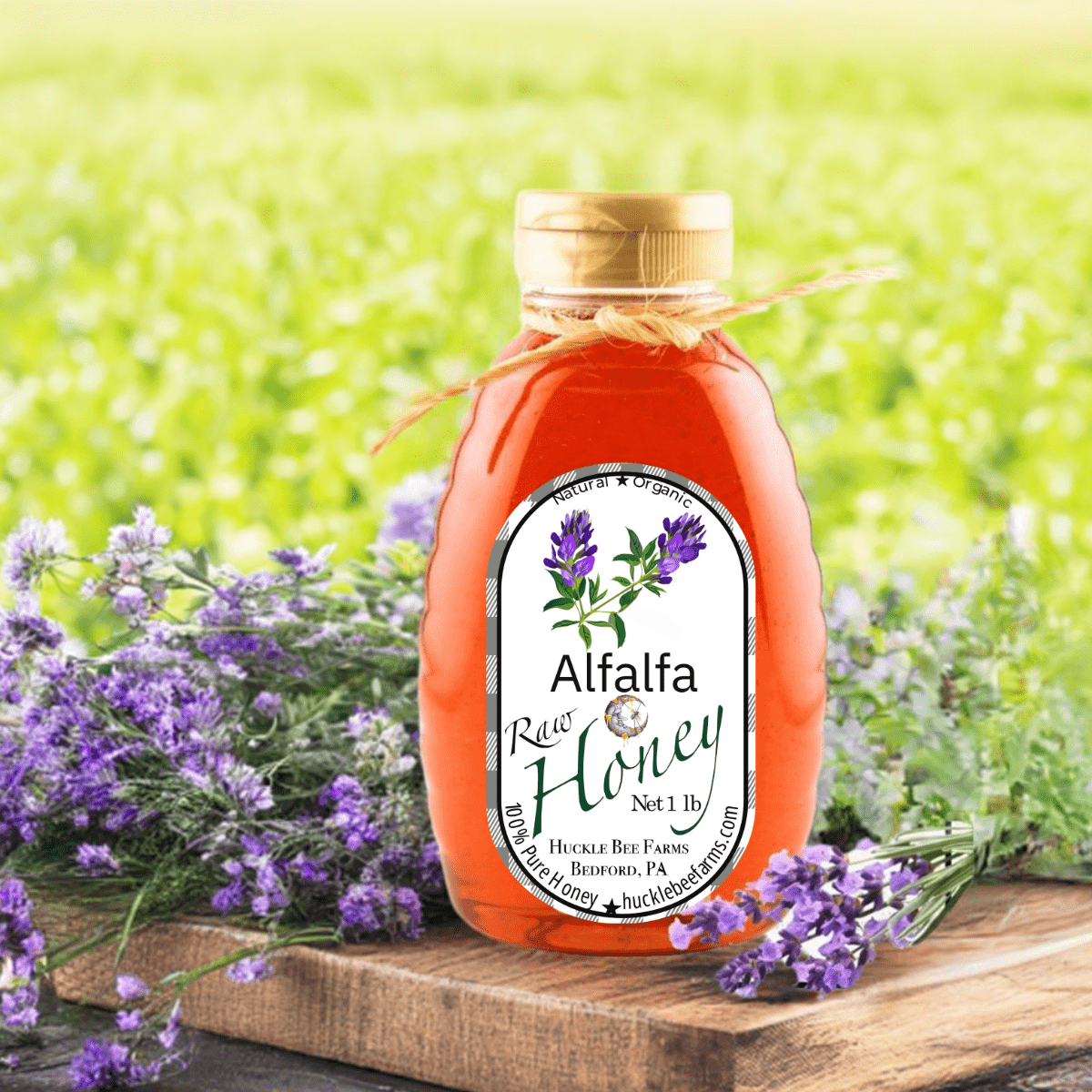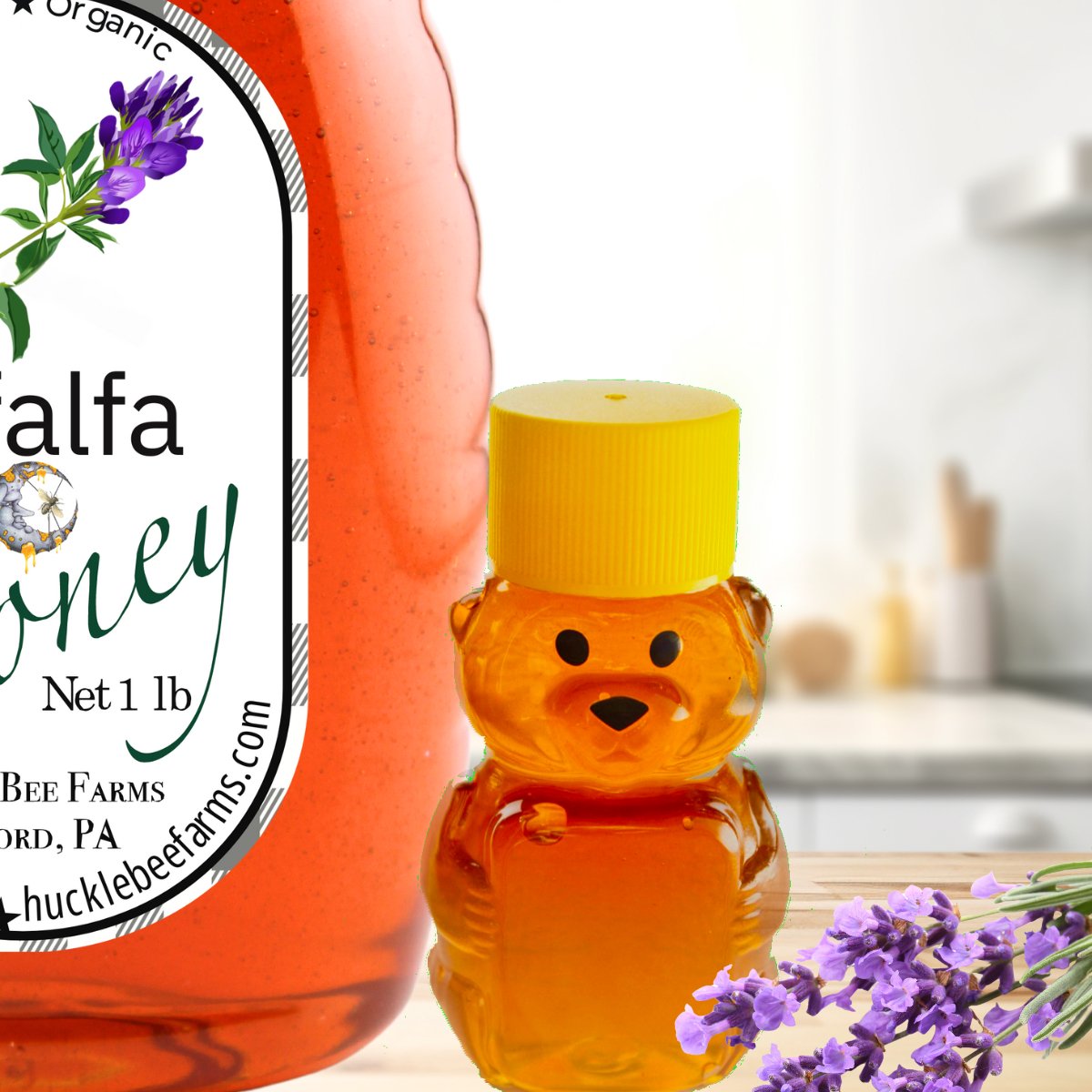
How to Brew Tea: Your Complete Guide to the Perfect Cup
Table of contents
Key Points of Brewing the Perfect Cup of Tea
This list summarizes the essential takeaways from the comprehensive guide on brewing tea, highlighting the critical steps, considerations, and tips for achieving the best flavor and experience.
- Essential Brewing Steps – Follow a consistent workflow: warm your vessel, measure tea accurately, heat water to the right temperature, steep for the correct time, and remove leaves promptly to avoid bitterness.
- Choosing the Right Tea Type – Understand the main categories: black, green, white, oolong, herbal, and chai, each requiring specific brewing techniques to enhance their unique flavors.
- Importance of Water Quality – Use fresh, filtered water to avoid off-flavors; the mineral content and pH can significantly affect the taste and aroma of your tea.
- Ideal Temperatures and Steeping Times – Match the temperature and steeping time to the tea type to prevent over-extraction of tannins and ensure optimal flavor extraction.
- Measuring Tea Correctly – Accurate measurement of tea leaves is crucial for achieving the desired strength and balance; use a scale for precision, especially with loose leaf.
- Avoiding Bitterness – Prevent bitterness by using the right water temperature, steeping for the correct duration, and adjusting leaf quantity as needed.
- Customizing with Natural Sweeteners – Enhance your tea with infused honeys, which add flavor complexity and wellness benefits; add honey after steeping for the best results.
- Preparing Different Tea Styles – Understand the differences in brewing methods for hot tea, iced tea, and tea lattes to achieve the desired intensity and mouthfeel.
- Finding Quality Ingredients – Look for premium teas and artisanal honeys that offer freshness and flavor complexity, enhancing your overall tea experience.
Brewing Tea: A great cup of tea starts with the right leaf and ends with a cup that tastes balanced and satisfying. This guide gives you reliable, easy-to-follow techniques so you can brew better tea, consistently. You’ll find step-by-step instructions, clear guidance for choosing black, green, white, oolong, herbal, or chai, and precise tips on water quality, temperature, and tea-to-water ratios to avoid bitterness. We also cover measuring tea, troubleshooting astringency, and three popular formats—hot, iced, and lattes—so you can adapt your method for any moment. To illustrate pairings and sweetening ideas, we reference Republic Tea and infused honeys from Huckle Bee Farms, showing how honey varieties can lift flavor and offer gentle wellness notes. Keep reading for core brewing steps, a temperature-and-time reference, quick fixes for over-steeping, honey-pairing suggestions, iced and latte recipes, and where to source quality teas and infused honeys.

What Are the Essential Steps to Brew Tea Properly?
Good tea is a short, repeatable process: heat water to the right temperature, warm your teapot or cup, measure the tea, steep for the recommended time with a lid on, and remove the leaves or bag promptly. Temperature influences which flavor compounds dissolve; steep time controls how much tannin and aroma are released. When you pair the right temperature and timing with the leaf, you get a balanced cup—bright and floral for delicate greens, malty for robust blacks, or soothing for many herbals. Use these steps as your baseline, then tweak for personal taste. The next section helps you pick the right tea for your preferences and skill level.
- Warm your teapot or cup before brewing so extraction stays steady.
- Use fresh, filtered water and heat it to the temperature suited to your tea.
- Measure the tea by weight or consistent spoonfuls to control strength and avoid bitterness.
- Steep covered for the recommended time, then remove the leaves immediately to stop extraction.
- Taste and make small adjustments—shorten steep time, reduce leaf amount, or add hot water to dilute.
These steps create a reliable routine and naturally lead into choosing the best tea type for beginners and enthusiasts alike.
How Do You Choose the Right Tea Type for Brewing?

Start by understanding the broad categories: black teas are bold and forgiving; green teas are delicate and need lower temperatures; white teas are light and subtle; oolongs can be floral or toasty; herbals are caffeine-free and wide-ranging; chai is spiced and usually brewed strong. Beginners often do well with a mild black or a soothing herbal—those leaves tolerate small temperature or timing errors better than fragile greens or whites. Think about caffeine needs, flavor preferences (malty, floral, vegetal, spicy), and whether you’ll add milk, lemon, or honey—your intended pairing often simplifies the choice. Matching technique to leaf character sets you up for better results, which brings us to why water quality and temperature matter.
What Is the Importance of Water Quality and Temperature in Tea Brewing?
Water and temperature decide which compounds end up in your cup and how they taste. Fresh, filtered water and accurate temperatures give the cleanest flavors. Hard water can mute delicate notes and make a tea seem flat, while boiling water poured over delicate green or white teas can pull out too many tannins and make the cup bitter. A thermometer or temperature-controlled kettle gives consistent results, but you can approximate by letting boiling water cool a few minutes for greens and whites. Mindful water and temp choices preserve aroma and prevent common extraction mistakes—see the temperature-and-time chart next for specifics.
What Are the Ideal Water Temperatures and Steeping Times for Different Tea Types?
Ideal temperatures and steep times differ because processing and leaf size affect extraction. Match temperature and time to the tea to get balanced flavor without unnecessary bitterness. Use the table below as a practical starting point for both loose-leaf and bagged formats.
Tea Type |
Water Temp (°F / °C) |
Steeping Time |
Black tea |
200–212°F / 93–100°C |
3–5 minutes |
Green tea |
165–185°F / 74–85°C |
1.5–3 minutes |
White tea |
175–185°F / 80–85°C |
2–4 minutes |
Oolong tea |
185–205°F / 85–96°C |
2.5–5 minutes |
Herbal (tisanes) |
212°F / 100°C |
5–7+ minutes |
Use the lower end of times for finely cut teabags and the higher end for whole-leaf loose tea. Shorter steeps and cooler temps give brighter, less bitter cups; hotter water and longer steeps extract more body and tannin.

What Is the Proper Temperature and Steeping Time for Black, Green, White, Oolong, and Herbal Teas?
Each tea chemistry reacts to heat differently: black teas usually need near-boiling water to bring out malty sugars and full body; green teas show vegetal and umami notes best below boiling to avoid harsh tannins. White teas benefit from slightly cooler water and moderate steeps to protect delicate florals; oolongs sit in the middle range to reveal floral or roasted layers; herbals do well with a full boil and longer steep to draw flavor from roots, spices, and flowers. Start with the chart above, then fine-tune by trimming steep time by 30–60 seconds or lowering temperature if the cup is too strong. Small adjustments help you dial in a personal routine.
How Does Measuring Tea Correctly Affect the Brewing Outcome?
Accurate measurement controls concentration and extraction balance. Too much leaf pulls more tannin and bitterness; too little leaves the cup weak. A useful rule of thumb is roughly 1 teaspoon (about 2–3 grams) of loose leaf per 6–8 ounces (180–240 ml) of water—best results come from weighing when you can. For teabags, use one bag per cup unless the packaging specifies otherwise or you want a concentrated base for lattes or iced tea. Scale ratios linearly for pitchers or concentrated brews to keep strength predictable; consistent measurement is your best defense against over-extraction.
How Can You Avoid Bitterness and Oversteeping When Brewing Tea?
Preventing bitterness is about controlling temperature, time, and leaf amount—and knowing the chemistry so you can correct a problem quickly. Bitterness usually comes from extracting tannins too aggressively (water too hot or steeping too long) or using too much leaf. Quick fixes include shortening the steep by 30–60 seconds, diluting with a splash of hot water, or giving the leaves a gentler second infusion. Habitual practices—using a timer, measuring tea, and following the temperature guide—make your brews consistent and reduce guesswork.
- Common causes of bitter tea: using water that’s too hot for delicate leaves, over-steeping, or adding too much leaf.
- Poor water quality and stale leaves can accentuate off-flavors and perceived bitterness.
- Quick remedies: shorten steep time, dilute with hot water, or start over with fresh leaves and correct temperature.
Knowing these causes points naturally to practical adjustment rules for time and quantity, which follow below to help you fine-tune every cup.
What Are the Common Causes of Bitter Tea?
Bitter tea most often results when overly hot water extracts tannins too quickly from delicate green or white leaves, producing astringency that masks desirable notes. Over-steeping any tea increases tannin extraction—what starts as complexity can become harsh. Other contributors include stale, oxidized leaves and hard water that changes flavor perception and mouthfeel. When you identify the cause, targeted fixes—lowering temperature, cutting steep time, or switching to filtered water—are easy to apply.
How Can You Adjust Steeping Time and Tea Quantity to Prevent Bitterness?
Adjust in small, testable steps: cut steep time by 30–60 seconds for delicate greens, or reduce tea quantity by roughly 20–25% if the cup feels too strong. For loose leaf, try subtracting 0.5 gram at a time or shortening steeps in 15–30 second increments until you reach balance—keep a simple log of what works. With tannic brews, diluting with a splash of hot water or adding a mild sweetener like a small spoonful of honey can rescue the cup while you refine technique. These micro-adjustments build a personal recipe book you can rely on.
How Do You Customize Your Tea with Natural Sweeteners Like Honey?

Honey and other natural sweeteners smooth tannins, add flavor depth, and bring subtle wellness notes. Add honey while the tea is warm—not scalding—to preserve its aromatics and enzymes. Honey dissolves best in warm liquid, so stir it into a hot cup or into a concentrated base for iced drinks. Start with about half a teaspoon and adjust to taste so the tea’s character remains clear. Infused honeys introduce botanical or spice layers—ginger with warming blends, lavender with calming herbals—that create nuanced pairings. The table below maps Huckle Bee Farms infused honeys to their flavor notes and suggested pairings to help you choose.
Honey Flavor |
Flavor Profile & Key Notes |
Recommended Tea Pairings & Wellness Benefit |
| Cinnamon Honey | Warm, sweet, spiced cinnamon |
Black tea, chai — warming and comforting |
Ginger Honey |
Spicy, warming, slightly sharp |
Herbal blends, rooibos, chai — digestive soothing |
Lavender Honey |
Floral, aromatic, calming |
Chamomile, white tea — relaxation and sleep support |
Peppermint Honey |
Cooling, minty |
Green tea, herbal mints — breath-freshening, digestion |
Lemon Honey |
Bright, citrusy |
Green tea, citrus blends — brightens and supports immunity |
Choose a honey that complements the tea’s intensity to amplify desirable notes and wellness cues. Next we’ll look at the specific benefits each infused honey brings.
What Are the Benefits of Using Huckle Bee Farms Infused Honeys in Tea?
Huckle Bee Farms’ infused honeys add a second layer of flavor without artificial additives—the infusion is blended into real honey—so you get complexity with a natural base. Cinnamon Honey deepens the malty backbone of a strong black tea for a cozy profile; Lavender Honey softens florals and pairs beautifully with chamomile or white tea for a calming cup. Ginger Honey boosts warming, stomach-soothing notes when matched with rooibos or spiced blends, useful in cold weather or after heavy meals. These pairings unite taste and gentle wellness cues; below are direct pairing ideas to try.
Which Huckle Bee Farms Honey Flavors Pair Best with Specific Tea Types?
Balance intensity when pairing: bold honeys like cinnamon or ginger suit strong blacks and chai, while gentle honeys—lavender or lemon—work with light greens, whites, and chamomile so the honey supports rather than masks the tea. Try these starters: Cinnamon Honey with English Breakfast or chai; Ginger Honey with rooibos or turmeric blends; Lavender Honey with chamomile or white tea; Peppermint Honey with sencha or mint tisanes; Lemon Honey with citrus-forward greens. Begin with half a teaspoon, taste, and adjust—small amounts reveal how honey changes aroma, sweetness, and mouthfeel. These experiments lead naturally into iced tea and latte techniques where honey behaves a little differently.

How Do You Prepare Different Tea Styles: Hot Tea, Iced Tea, and Tea Lattes?
Each style needs slight adjustments so flavor stays bright across formats: hot brews focus on precise temperature; iced brews must account for dilution; lattes require a concentrated base and smooth milk integration. For hot-brew iced tea, make a stronger concentrate to survive ice melt; for cold-brew, use cool water and long steeps for a smooth, low-bitterness result. Tea lattes start with a concentrated brew or decoction mixed with steamed dairy or plant milk; sweeten by stirring honey into the hot concentrate for even distribution. The table below summarizes preferred methods and quick production notes for each style.
Tea Style |
Preferred Method |
Key Steps & Time/Temp |
Hot tea |
Single-cup hot-brew |
Use appropriate temp (see chart), steep covered, remove leaves at end time |
Iced tea (hot-brew) |
Concentrate then chill |
Brew 1.5x strength, cool quickly, pour over ice |
Iced tea (cold-brew) |
Cold steep |
1:8 leaf-to-water, steep 8–12 hours in fridge |
Tea latte |
Concentrated brew + steamed milk |
Brew strong (shorter volume), steam milk, combine 1:1–1:2 milk:tea |
This quick summary highlights how method affects flavor and extraction. Below are details for iced tea and latte preparation.
What Are the Best Methods to Brew Perfect Iced Tea?
You can make excellent iced tea two ways: hot-brew concentrate or cold-brew. Hot-brew extracts quickly and chills fast but needs to be stronger to survive ice dilution; cold-brew produces a very clean, low-bitterness cup by steeping in cold water 8–12 hours. For hot-brew iced tea, increase the leaf by about 50% compared with a single hot cup and chill rapidly—an ice bath or fridge works—before serving over ice to preserve aromatics. To sweeten iced drinks, dissolve honey in a small amount of hot concentrate or make a simple honey syrup (1:1 honey to warm water) so it blends smoothly into cold beverages.
How Do You Make Creamy Tea Lattes at Home?
To make a tea latte, prepare a concentrated brew (double strength or less water), then combine it with steamed milk or a plant-based milk at roughly 1:1 to 1:2 milk-to-tea ratio, adjusting to taste—chai and strong blacks are classic bases. Froth or steam milk to microfoam and fold it gently into the concentrate; stir honey into the hot concentrate first so it dissolves evenly. For iced lattes, use honey syrup to prevent settling. Match milk to tea—oat or whole milk adds richness to chai, lighter plant milks suit delicate greens—and consider finishing with a dash of spice or a spoonful of Cinnamon Honey for depth. Getting the concentrate and milk texture right gives you a balanced latte that showcases both tea and sweetener.
Where Can You Find Quality Tea and Honey Products Like Republic Tea and Huckle Bee Farms?
Using fresh loose-leaf tea and artisanal infused honeys makes brewing experiments more rewarding: they offer clearer aromatics, brighter flavor, and better mouthfeel than stale or heavily processed alternatives. Choose reputable loose-leaf blends and single-origin teas so nuances respond to precise temperature and timing, and pair them with artisanal honeys to craft signature cups. For example, a premium green or citrus-forward blend works well with lemon-infused honey for a bright cup, while malty blacks pair with cinnamon-infused honey for a cozy brew. Quality ingredients reduce the urge to mask flaws with heavy sweetening and encourage cleaner brewing technique and more satisfying experimentation.
Which Republic Tea Blends Are Ideal for Brewing with Infused Honeys?
Some Republic Tea blends make especially good partners for infused honeys: citrusy greens or yerba mate pair nicely with lemon-infused honey to boost brightness; robust breakfast blends and spiced Republic Tea chais pair with cinnamon or ginger honeys for warming depth. Lighter floral or white teas are ideal with lavender-infused honey to gently enhance aromatics, and peppermint-forward blends can be lifted by peppermint-infused honey for a layered cooling finish. Pick a Republic Tea blend with a clear flavor profile, test small combinations, and note your favorites for repeatable recipes.
How Does Using Premium Products Enhance Your Tea Experience?
Premium tea and artisanal infused honey sharpen sensory clarity, revealing floral, vegetal, or citrus notes that come through under precise brewing. Fresh whole leaves release essential oils and nuanced polyphenols more cleanly than older, broken leaves. Loose-leaf teas offer a wider flavor range and multiple infusions, while quality honey preserves varietal and infusion notes you can taste and adjust. Investing in better ingredients raises enjoyment and lowers the margin of error when you try techniques like cold-brew, multiple oolong infusions, or complex lattes. Better ingredients invite experimentation and make pairing premium teas with artisanal honeys a rewarding habit.
How to match Huckle Bee Farms Honey with Tea
Matching Huckle Bee Farms honey with tea is about balancing intensity and complement: pair bold, spiced honeys with strong blacks and chai, and save delicate floral honeys for light greens, whites, and chamomile so the honey enhances rather than hides the tea. Try these pairings: Cinnamon Honey with English Breakfast or chai; Ginger Honey with rooibos or turmeric blends; Lavender Honey with chamomile or white tea for evening relaxation; Peppermint Honey with green or mint tisanes for a refreshing finish; Lemon Honey with citrus green blends for brightness. Start with half a teaspoon, taste, and adjust—this measured approach preserves tea character and shows how honey alters aroma and mouthfeel. Keep notes and you’ll build a set of go-to combinations, whether you’re using Republic Tea blends or Huckle Bee Farms honeys.
Frequently Asked Questions
What are the health benefits of drinking tea regularly?
Regular tea consumption can support heart health, sharpen mental alertness, and contribute to overall antioxidant intake. Green and black teas are good sources of polyphenols, which help combat oxidative stress and inflammation. Herbal teas offer targeted benefits—like digestive support or relaxation—depending on the ingredients. Remember moderation matters, and added sweeteners or milk change the drink’s nutritional profile.
How can I store tea to maintain its freshness?
Store tea in an airtight container away from light, heat, and moisture—think a cool, dark pantry or cupboard. Avoid the refrigerator since moisture can damage leaves. Use tins or tightly sealed glass jars for loose leaf; keep tea bags in their original packaging or an airtight container. Proper storage preserves flavor and extends shelf life.
Can I reuse tea leaves, and if so, how many times?
Yes—especially with high-quality loose leaves like oolong and pu‑erh, which can be steeped multiple times. Green and white teas often yield 2–3 good infusions, while black teas typically give 1–2. Increase steeping time slightly for later infusions to draw remaining flavors. Reusing leaves saves money and reveals how a tea’s profile evolves.
What is the best way to sweeten tea without losing its flavor?
Choose natural sweeteners like honey or agave and add them sparingly—start with half a teaspoon and increase to taste. Dissolve the sweetener in warm tea for even distribution. Infused honeys can add complexity without masking the tea’s character. Avoid heavy refined sugars that can overwhelm delicate notes.
How does the type of tea affect its caffeine content?
Tea type influences caffeine levels: black teas generally contain the most (about 40–70 mg per 8 oz cup), green teas range around 20–45 mg, white teas are often lower (15–30 mg), and herbal teas are typically caffeine-free. Steeping time, water temperature, and leaf amount also affect caffeine extraction. If you’re sensitive, choose herbals or decaffeinated options.
What are some common mistakes to avoid when brewing tea?
Common errors include using water that’s too hot for delicate teas, over-steeping, and not measuring tea accurately. Hard or unfiltered water can also blunt flavor. Follow recommended temperatures and times for each tea, use fresh leaves, and measure consistently to avoid bitterness and achieve reliable results.
How can I enhance the flavor of my tea without adding sweeteners?
Boost flavor by adding spices like cinnamon, ginger, or cardamom, or fresh herbs such as mint or basil. Citrus peels add bright notes. Using high-quality leaves and paying attention to water temperature and steep time will naturally bring out the tea’s best flavors without relying on sweeteners.
What are the health benefits of drinking tea regularly?
Conclusion
Brewing better tea is as much about attention to detail as it is about good ingredients. By focusing on water quality, correct temperatures, and balanced tea-to-water ratios, you can consistently make cups that suit your taste. Don’t be afraid to experiment with different teas and natural sweeteners like infused honeys to discover combinations you love. Ready to elevate your routine? Explore our selection of premium teas and artisanal honeys and start crafting your signature cup today.







